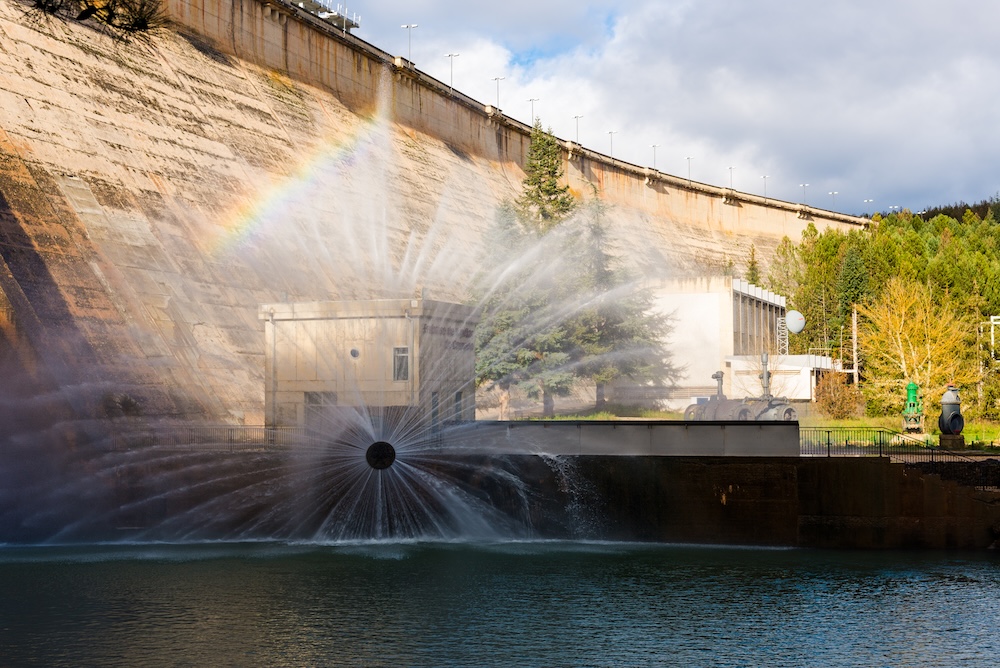Two forces shape the climate conversation: the warming caused by greenhouse gases and the solutions we build through renewable energy. Hydroelectric power, one of the oldest and most widely used renewables, sits at the intersection of promise and challenge. While it offers clean electricity and a pathway away from fossil fuels, it also raises ecological and ethical questions.
This guide explores how greenhouse gases affect our planet, where hydroelectric power fits into the solution, and what we need to consider for a truly sustainable energy future.
Greenhouse Gases: The Drivers of Climate Change
Greenhouse gases (GHGs) trap heat in the atmosphere, warming the Earth beyond its natural balance. The most significant include:
- Carbon dioxide (CO₂) from burning fossil fuels and deforestation.
- Methane (CH₄) from agriculture, landfills, and energy systems.
- Nitrous oxide (N₂O) from fertilizers and industrial activity.
These gases accelerate climate change, fueling heat waves, droughts, wildfires, rising seas, biodiversity loss, and health risks. Left unchecked, they destabilize ecosystems and economies alike.
Hydroelectric Power: Clean but Complicated
Hydroelectric power generates electricity by using flowing water to spin turbines. It’s renewable, reliable, and has helped entire countries decarbonize.
Benefits include:
- No direct CO₂ emissions during operation.
- Reliable electricity generation that can flexibly support the grid.
- Long lifespans — some hydro plants operate for 50–100 years.
But challenges remain:
- Ecosystem disruption: Dams alter river flow, impact fish migration, and change water temperature.
- Community displacement: Millions worldwide have been forced to relocate due to large hydro projects.
- Methane emissions: Decomposing organic matter in reservoirs can release methane — a potent greenhouse gas often overlooked in hydro’s carbon accounting.
- High costs and geography limits: Large dams are expensive, and only certain sites are suitable.
Hydropower is not a perfect solution, but when designed responsibly, it can be a key piece of the clean energy puzzle.
Innovative Approaches to Hydropower
To reduce hydro’s footprint, new technologies are emerging:
- Run-of-river systems: Generate electricity without massive reservoirs, minimizing ecological disruption.
- Upgraded turbines: Improve efficiency and reduce harm to fish populations.
- Hybrid systems: Pair hydro with solar, wind, or battery storage for more balanced energy production.
These innovations reflect a shift toward circular energy thinking — systems that balance human needs with ecological regeneration.
Hydroelectric Power’s Role in Cutting Emissions
Globally, hydro is a major renewable contributor:
- United States: Roughly 7% of electricity comes from hydro, making it the largest renewable source until recently surpassed by wind.
- Norway: Over 95% of electricity is hydro-based, drastically lowering fossil fuel reliance.
- China and Brazil: Heavily invested in hydro, though with major social and environmental trade-offs.
Hydro alone won’t solve climate change. It must be paired with other renewables like wind, solar, geothermal, and energy storage — and complemented by cutting emissions in transport, agriculture, and industry.
The Bigger Picture: Greenhouse Gases, Energy, and You
Addressing greenhouse gases is about more than power plants. It’s about rethinking systems:
- Food choices: Eating more plant-based meals lowers methane and nitrous oxide emissions.
- Energy conservation: Efficiency is a form of renewable energy — the cleanest watt is the one we don’t use.
- Policy and advocacy: Supporting climate policies and renewable energy projects accelerates systemic change.
- Community choices: Local renewable cooperatives, microgrids, and citizen-backed energy projects create ripple effects.
Every action — from individual to global — contributes to a collective push toward carbon neutrality.
Final Thoughts
Hydroelectric power highlights the complexity of sustainability. It can help cut greenhouse gas emissions and stabilize grids, but it also raises ecological and social questions we can’t ignore.
A sustainable energy future requires balance: innovation in hydro, expansion of solar and wind, investment in storage, and a global reduction of greenhouse gas emissions across all sectors.
Each step matters. By understanding the trade-offs and pushing for ethical, renewable solutions, we create ripples that add up to systemic waves of change.









Reader Interactions